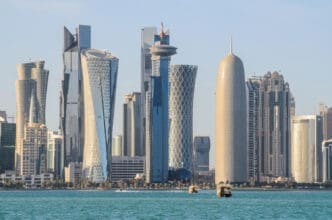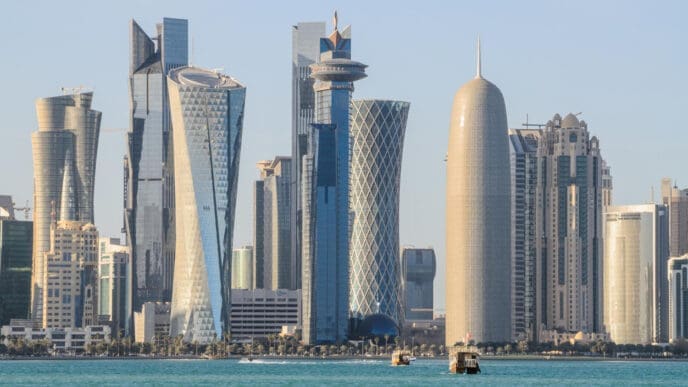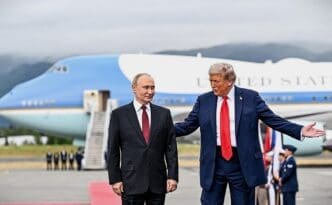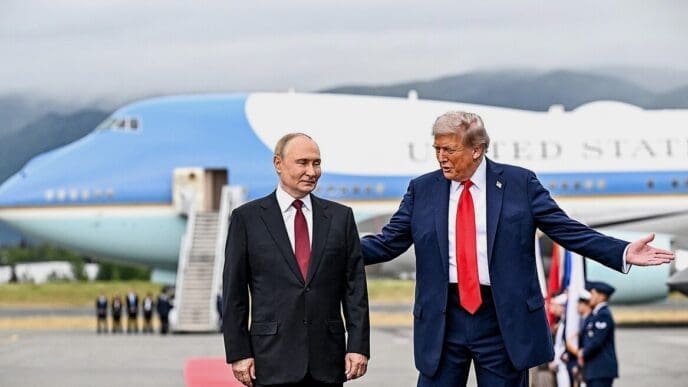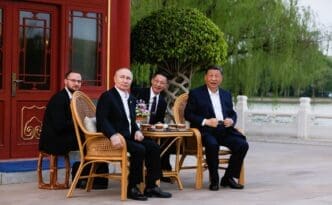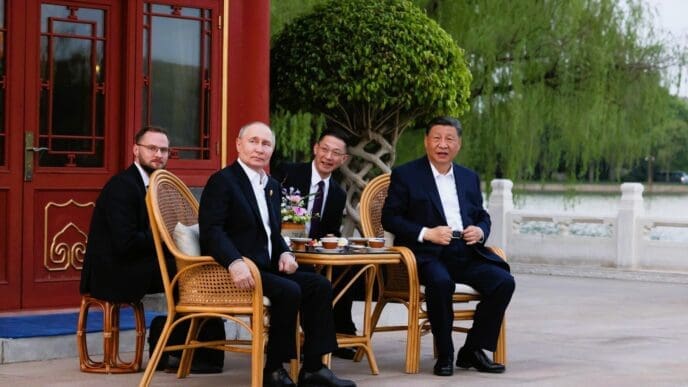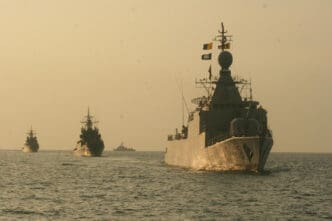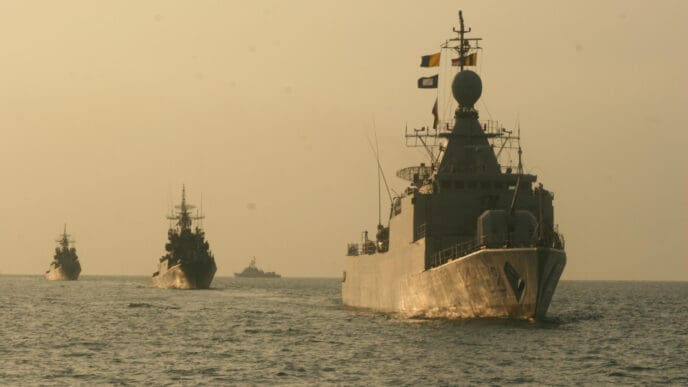A second U.S. aircraft carrier, the USS Carl Vinson, is currently operating in Middle Eastern waters ahead of upcoming negotiations between Iran and the United States regarding Tehran’s nuclear program. Recent satellite imagery analyzed by the Associated Press highlights the presence of the Vinson and its strike group in the Arabian Sea. This deployment coincides with suspected U.S. airstrikes targeting regions in Yemen controlled by Iranian-backed Houthi rebels.
Under President Donald Trump, the United States has intensified its campaign against the Houthis, aiming to exert pressure on Iran in the negotiations. The location of the upcoming talks remains uncertain, with initial plans for Rome disrupted by Iran’s preference for Oman. As both nations face nearly half a century of tension, the stakes are notably high. President Trump has threatened military action targeting Iran’s nuclear capabilities if an agreement isn’t reached, while Iranian officials hint at progressing towards nuclear weaponry with their enriched uranium reserves.
Steve Witkoff, the U.S. Mideast envoy involved in recent discussions in Oman, suggested revisiting elements of the 2015 nuclear agreement, which the Trump administration exited in 2018. Witkoff emphasized the importance of verifying Iran’s nuclear enrichment and potential weaponization, including missile capabilities. The talks continue to seek a diplomatic resolution.
Meanwhile, the USS Carl Vinson, based in San Diego, California, is positioned northeast of Socotra Island near the Gulf of Aden. Accompanied by the USS Princeton and guided missile destroyers USS Sterett and USS William P. Lawrence, the Vinson supports the USS Harry S. Truman, which has been conducting airstrikes against the Houthis since mid-March. The U.S. Navy’s 5th Fleet, operating out of Bahrain, has refrained from commenting on the Vinson’s precise activities.
In a related development, Witkoff proposed a uranium enrichment cap of 3.67% for Iran’s nuclear program. Currently, Iran enriches uranium up to 60%, approaching the 90% required for weapons-grade material. Witkoff argues that levels beyond 3.67% are unnecessary for a civilian nuclear program, echoing the terms of the 2015 nuclear deal. In exchange, Iran had received financial relief and lifted sanctions. An editorial in Iran’s Javan newspaper indicated potential openness to reducing enrichment levels.
Since withdrawing from the nuclear agreement, President Trump has cited Iran’s ballistic missile arsenal as a key concern. For negotiations to succeed, any new deal must address these missile capabilities, which Iran uses as a strategic counterbalance in the region. Securing Iranian disarmament remains a significant challenge in diplomatic dialogues.
The Human Element Explored
The situation surrounding U.S.-Iran relations carries significant implications for global security and regional stability. For ordinary citizens, these negotiations influence everything from international travel security to energy prices. An escalation of tensions could disrupt global oil supplies, potentially leading to increased fuel costs for consumers worldwide.
On a broader scale, successful negotiations could foster a more stable geopolitical environment. Easing tensions might lead to reduced military expenditures and a shift towards diplomatic conflict resolution, potentially benefiting communities through increased investment in social and economic development. The outcome of these talks is critical not only for the involved nations but also for the global community engaged in seeking peace and stability.

